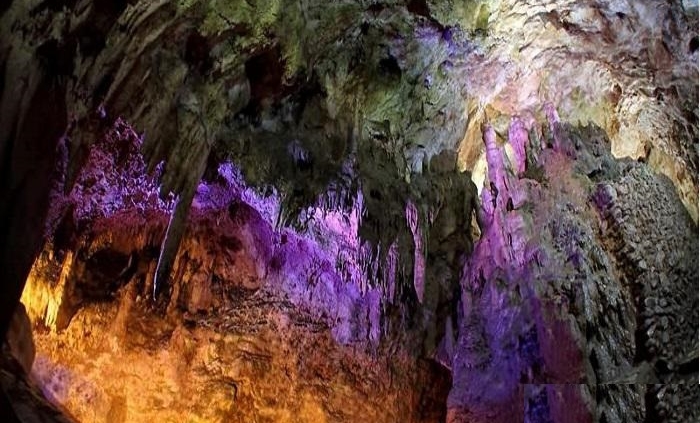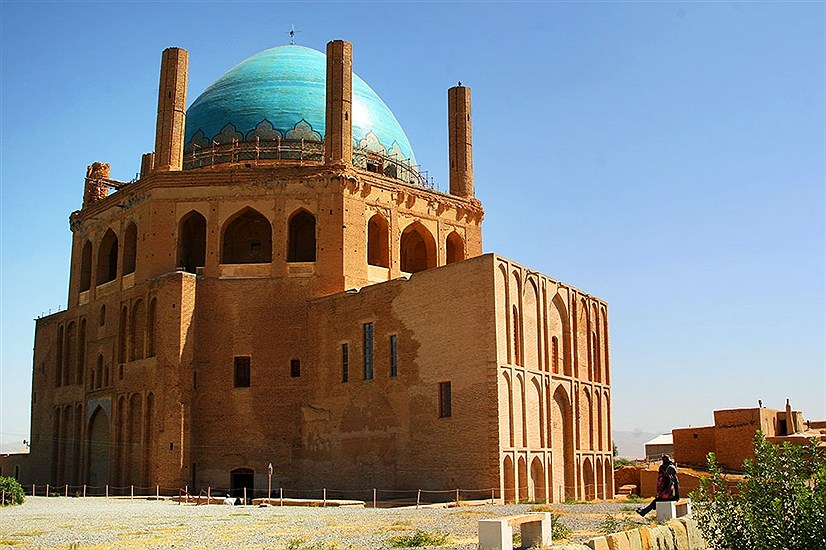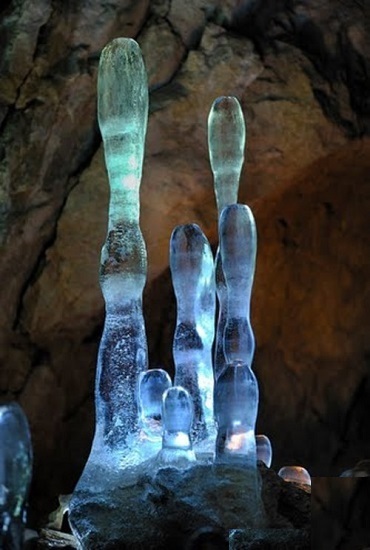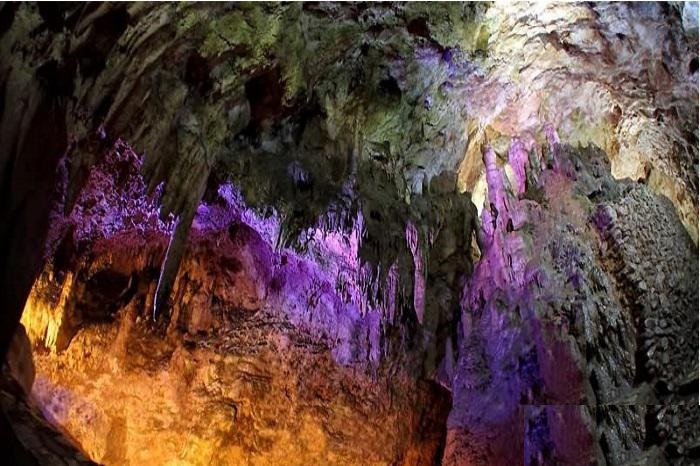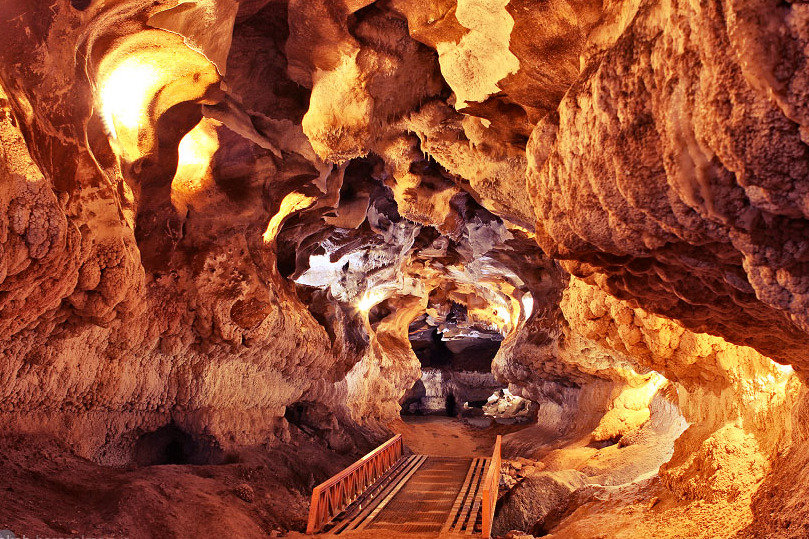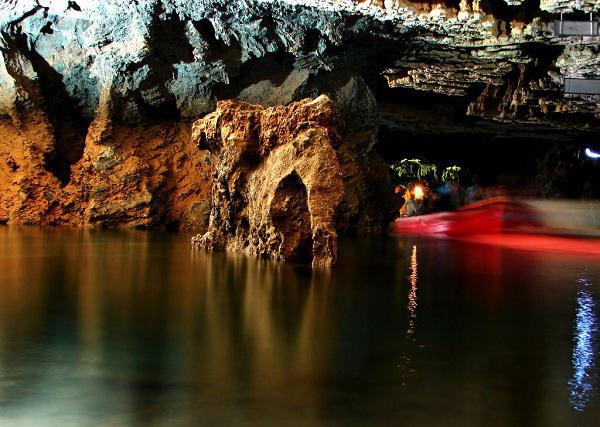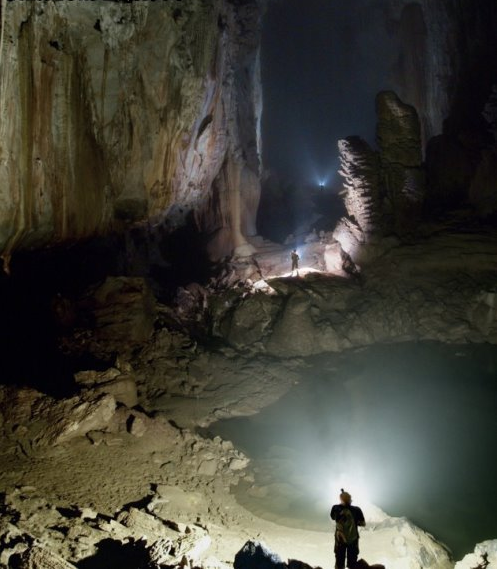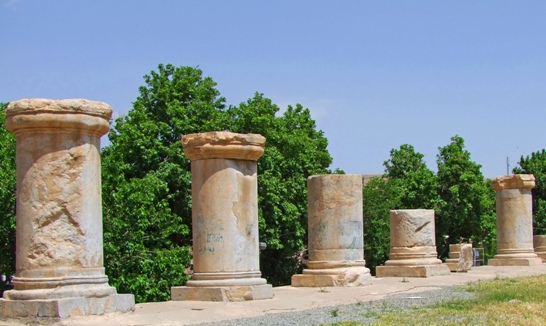Iran caves tour
Best tour, Best caves of Iran, Best experience with best memories
Day 1: Tehran:
Arrive at IKA airport. Meet with tour guide. Transfer to hotel. Stay overnight.
Day 2: Tehran:
Drive to Roudafshan cave (120km). This cave is close to the village with the same name. The path to the cave is about 800 meters. It’s a bit hard to climb in the cave and you have to cross the hard paths. Additionally, you need a strong flashlight to move around in the cave. In the main courtyard and the cave route, water droplets from the ceiling all the time, causing the drops to form altogether antidotes. The existence of a number of porches made with rustles and quantities of petty pottery is a sign of the habitation of humans in the cave in recent times. There is an atrium in this cave known as the Anahita Temple. The cave has damp and cold air. Ali is a drop in water drops, the bottom of the cave is only wet, and it is gathered in a few places. The cave route has been created by the erosion of water and its salts when water is fully flooded. Drive back to Tehran. Stay overnight.
Day 3: Zanjan:
Drive to Zanjan (333km). On the rout visit Soltanieh dome (Iran UNESCO site). Continue to Zanjan. Transfer to hotel. Stay overnight.
Day 4: Sanandaj:
Drive to Katleh Khore cave (146km). The enormous and beautiful cave of Kotlu Khor is accessible through the Zanjan-Soltanieh, Khodabandeh-Garmab asphalt road and via the Zanjan-Bijar-Garmab road as well as the Hamadan-Kabudar road. An interesting point about the Catalan Cave is that the evidence shows that this cave ultimately connects to Al-Asadr Cave in Hamadan. Another wonder and beauty of this cave is the plurality of classes that these caves in the world are very insignificant. The cave is believed to have 7 floors, of which only 3 floors have been discovered so far. The cave is divided into 3 cultural, recreational and sports divisions.
The sports section used by cavers and climbers is about 4 km, and its end has not yet been discovered. The cave section for public use is about 2 km straight. The cultural section of the cave is located in the southern part of the cave, and the main part is the natural passageway used to hold various ceremonies. Of course, these corridors have no way out and the way out is artificially cut, but the hall itself is completely natural.
Day 5: Kerman Shah:
Drive to Quri Qal’eh Cave (137km). Cave Quri Castle The largest and most amazing blue cave in Asia is 86 km from Kermanshah on the road to Paveh and north of Yangrood. The cave, now considered one of the most prominent tourist attractions in the province of Kermanshah and the west of the country, is, according to experts, the largest blue cave in Asia and the longest cave in Iran. After passing through the entrance to the cave, the first large venue there is named is Maryam Hall. The area is like a vast lake, surrounded by magnificent gullies of various shapes. These candles, which are associated with each particular form, are the main reason for naming every part of the cave, for example, the presence of a candle in the form of Mary, the reason for naming the first cave hall in the name of Mary’s Hall. Continue to Kerman Shah (109km). Transfer to hotel. Stay overnight.
Day 6: Hamedan:
Drive to Hamedan (187km). On the rout you will visit Anahita temple in Kangavar. The Anahita Temple is the largest stone building in Iran after the Persepolis, which is considered to be the ancient monuments of the BC era and is located in Kangarak, Kermanshah Province. According to historical writings, this temple was used as a firefight for the respect and protection of the goddess of water, Anahita, after the advent of the religion of Islam in Iran, many changes, and this has made a lot of ambiguity about history, architecture and type Created using. But according to ambiguity about history, architecture and type Created using, but according to historical writings and documents, the ancient monument dates back to the three Achaemenid, Parthian, and Sassanid periods. The Anahita Temple or the Congavar Historical Collection, named as the site of the ancient Cygnar, is named after the Parthianruins. Continue to Hamedan. Transfer to hotel. Visit old bath house of Qaleh. Stay overnight.
Day 7: Hamedan:
Drive to Ali Sadr cave (74km). The most attractive part of the Alisader Cave in the vast blue lagoon is the possibility of sailing and penetrating into the inner parts of the cave. A wide range of water that you can use to explore different parts of the cave and discover the different, unknown and unknown species and shapes. Blue passage, which is rarely seen in other caves in Iran and the world, and only a few caves in the world, such as the French Mallis Cave, the Knights and Boekan Caves in Australia have a beautiful collection, such as that found in the al-Asadr Cave. The water of Alisadr Lake are colorless and dull, and the source of those underground springs is the constant loss of water from the walls and the ceiling of the cave. The tasting is typical and there is no animal life in it. The water is clear and clear to the depths of 10 meters easily and without armed eyes; the reason for its clarity is the flow of water inside the cave, which also keeps the interior of Alisadr wet and refreshing. And it will keep it clear. The temperature of the water is constant throughout the year and is around 12 ° C, and due to the abundance of inert calcareous calcium. Drive back to Hamedan. Stay overnight.
Day 8: Tehran:
Drive to Tehran (320 km). Transfer to hotel. Visit Azadi tower. Stay overnight.
Day 9:
Transfer to IKA airport and fly out.

